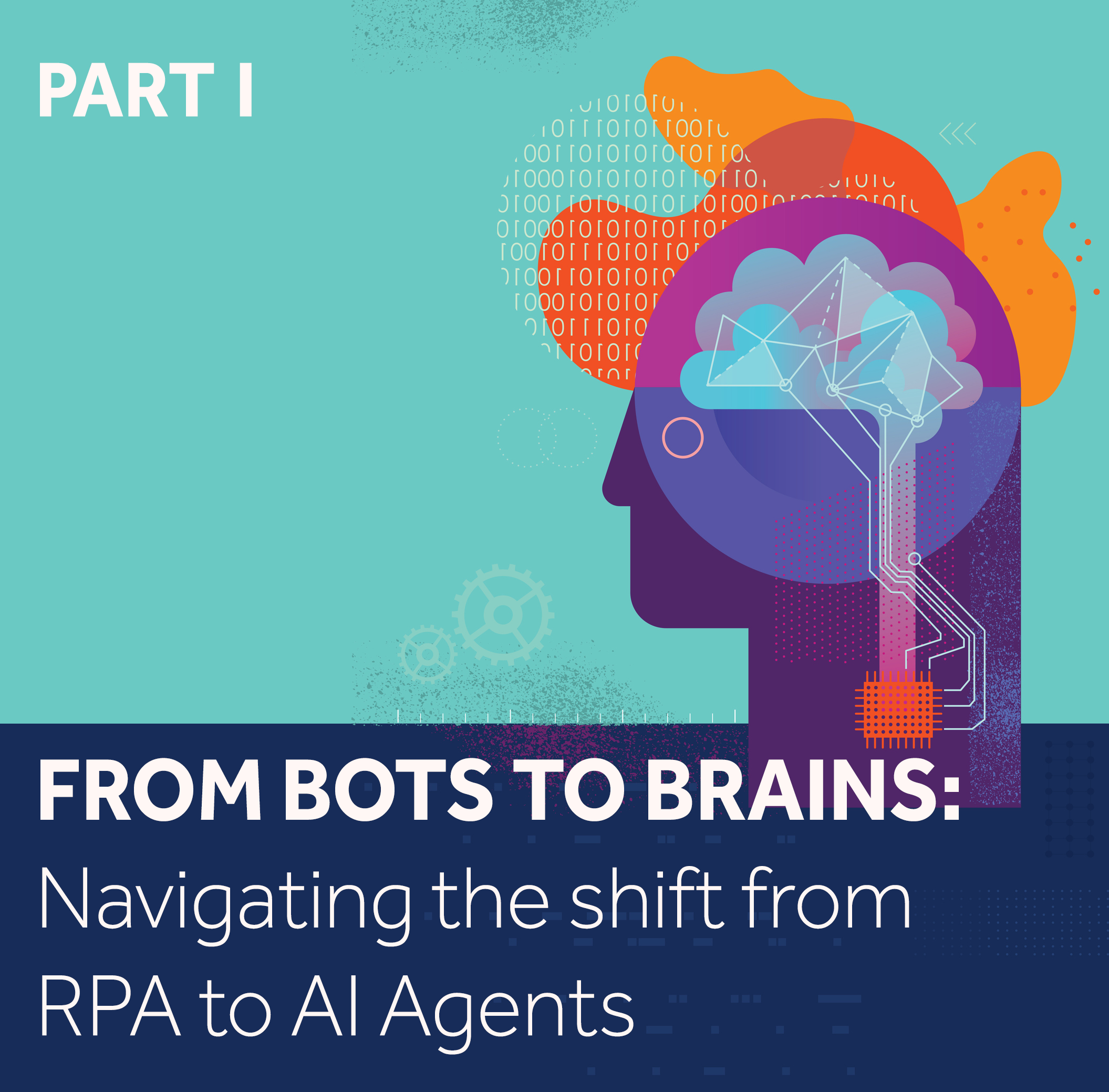Smarter AI, Better Automation: Addressing the Challenges of Agentic AI
The rise of agentic AI has introduced new possibilities for enterprises looking to automate complex tasks, enhance productivity, and optimize business operations. These intelligent AI agents are designed to operate autonomously, continuously improving through feedback and learning. However, despite their promise, significant challenges remain that prevent organizations from fully capitalizing on their benefits. Understanding these gaps is critical for ensuring AI can be effectively integrated into business processes.
The Challenges of Deploying Agentic AI
While enterprises are eager to integrate agentic AI, many implement it in isolated use cases without considering a larger, strategic framework. This fragmented approach can limit long-term scalability and diminish AI's overall effectiveness. Key challenges include:
-
Lack of Contextual Awareness: AI agents often struggle to understand the nuances of business processes, making it difficult for them to take appropriate actions.
-
Disconnected Automation Assets: Many organizations have existing automation tools, such as Robotic Process Automation (RPA), but AI agents frequently lack the ability to leverage these investments.
-
Opaque Decision-Making: Without clear reasoning or auditability, businesses may struggle to trust and validate AI-driven decisions.
-
Complex Data Ecosystems: AI agents need to interact seamlessly with structured and unstructured enterprise data to provide accurate, reliable outcomes.
Addressing the Gaps in Agentic AI
To bridge these challenges, organizations must focus on strategies that enable AI agents to operate more effectively within existing enterprise frameworks. Some key approaches include:
1. Providing Rich Context for AI Agents
For AI agents to be effective, they require comprehensive documentation and understanding of the processes they are automating. Extracting and structuring this information can help AI make more informed decisions and ensure alignment with business needs.
2. Connecting AI with Existing Automation Investments
AI agents can achieve greater efficiency when they are integrated with an organization’s existing automation assets, such as RPA. Leveraging these pre-existing tools helps organizations avoid redundant work and optimize their automation strategy.
3. Ensuring Transparency and Trust in AI-Driven Decisions
Transparency is crucial for the successful adoption of AI. Providing clear documentation on automation processes, compliance considerations, and decision logic can help build trust in AI-driven workflows.
4. Bridging Structured and Unstructured Data
Enterprise environments consist of a mix of structured databases and unstructured knowledge sources. AI agents need intelligent data extraction and categorization capabilities to generate reliable insights and execute tasks accurately.
Real-World Applications of AI in Automation
By addressing these gaps, AI agents can be more effectively utilized in various enterprise functions, including:
-
Customer Service & Support: AI agents equipped with automation insights can handle customer inquiries more efficiently, reducing response times and improving service quality.
-
IT Operations: AI-driven IT support can dynamically resolve service requests, such as restarting virtual machines or provisioning access, without human intervention.
-
Finance & Compliance: AI-powered systems can automate payment reconciliation, compliance reporting, and fraud detection, improving accuracy and efficiency.
The Future of AI-Driven Enterprises
As businesses continue exploring agentic AI, ensuring that these agents are equipped with the right knowledge, integrations, and transparency will be critical. Organizations that take a strategic approach to AI adoption will be better positioned to scale automation initiatives, optimize workflows, and drive innovation in their industries.
By addressing the existing gaps in AI implementation, enterprises can ensure their automation strategies are not only effective today but also adaptable for future advancements.
Share this
Recent Stories

The Hype and the Reality—Are AI Agents the Future of Automation?

